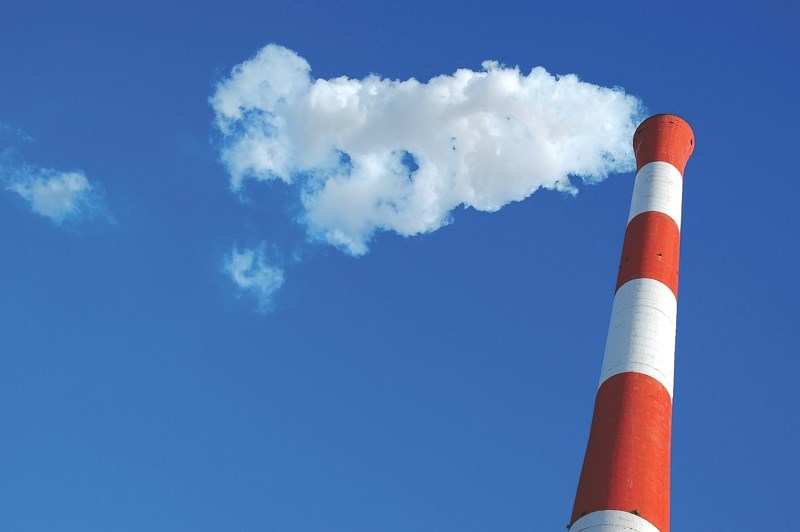COLD LAKE – In July, the Government of Alberta announced $44 million to help 21 small and medium-sized enterprises (SMEs) with emission-reduction projects in various industries, such as oil and gas, agriculture, power generation, and construction.
The funds will be delivered through the Emissions Reduction Alberta’s (ERA) Emerging Innovators Challenge.
One of those 21 SMEs includes OptiSeis Solutions, a Calgary-based company that plans to deploy its EcoSeis Demonstration Project in Conklin and Cold Lake.
“OptiSeis’ pioneering research on seismic analysis has led to the development of patent pending EcoSeis, enabling a reduction in land footprint and GHG emissions while maintaining or improving subsurface data quality and enabling safe and efficient field operations,” according to the company's website.
EcoSeis is a technology that aims to help companies reduce the amount of land they need to clear to gather seismic data, which involves finding underground resources like oil and gas.
Finding these resources usually involves cutting wide paths through forests to provide safe access for equipment. But EcoSeis can collect data with less environmental impact, says OptiSeis CEO Andrea Crook in a statement to Lakeland This Week.
"EcoSeis will enable companies to acquire the same high-quality subsurface seismic images as conventional techniques while reducing the area of trees cleared on seismic programs by up to 50 per cent," she says.
"This is accomplished with unique line geometries that can be configured to allow avoidance of environmentally sensitive or hazardous areas while still providing high-quality data and safe access for field personnel," adds Crook explaining the method works with "multiple energy sources" and equipment types. A method that can be applied in different terrains in Canada and internationally, she says.
Asked how Cold Lake was chosen, Crook says, "Site selection was based on project partner requirements."
Crook also says the company expects project field operations to begin in winter 2024/25 and this will occur at various sites.
City of Cold Lake Mayor Craig Copeland says he has read information about the project that was available online. And while he’s not entirely sure what the project looks like, based on what he read, he said it looks like EcoSeis allows for cleaner opportunities to extract oil and gas.
Any opportunities like what EcoSeis promises is a positive, Copeland says, especially with the Cold Lake oil sands being a “major player in the world oil market.”
“Technology is changing so fast [and] it’s hard to keep up, but it’s exciting,” he adds. Ultimately, Copeland says he is excited to see the province invest with companies that make “the whole process of extracting oil that much more cleaner.”
$44 million funding
During the July 12 announcement, Minister of Environment and Protected Areas Rebecca Schulz said, “When it comes to reducing emissions. Small businesses are experts at finding new ways to solve problems, streamline operations and develop new technologies.”
But technology development comes with hurdles, she says, whether that be resources, timing, infrastructure, and capital, “preventing them from getting their great ideas from concept to commercialization.”
“That is why we’re here to make this massive investment in Alberta’s greatest resource – our people, our entrepreneurs, natural innovators, and small businesses that we’re so incredibly proud of,” adds Schulz.
She says this “investment” will also create jobs, reduce emissions, and grow the province’s economy.
Justin Riemer, CEO of ERA, also told reporters during the announcement the 21 projects overall are worth over $162 million.
“These projects have the potential to reduce five million tons of emissions by 2050,” he says, adding the 21 projects are projected to also contribute $240 million to the province’s GDP by 2027.
“These projects all involve piloting, demonstrating or deploying the technology right here in the province,” says Riemer.



